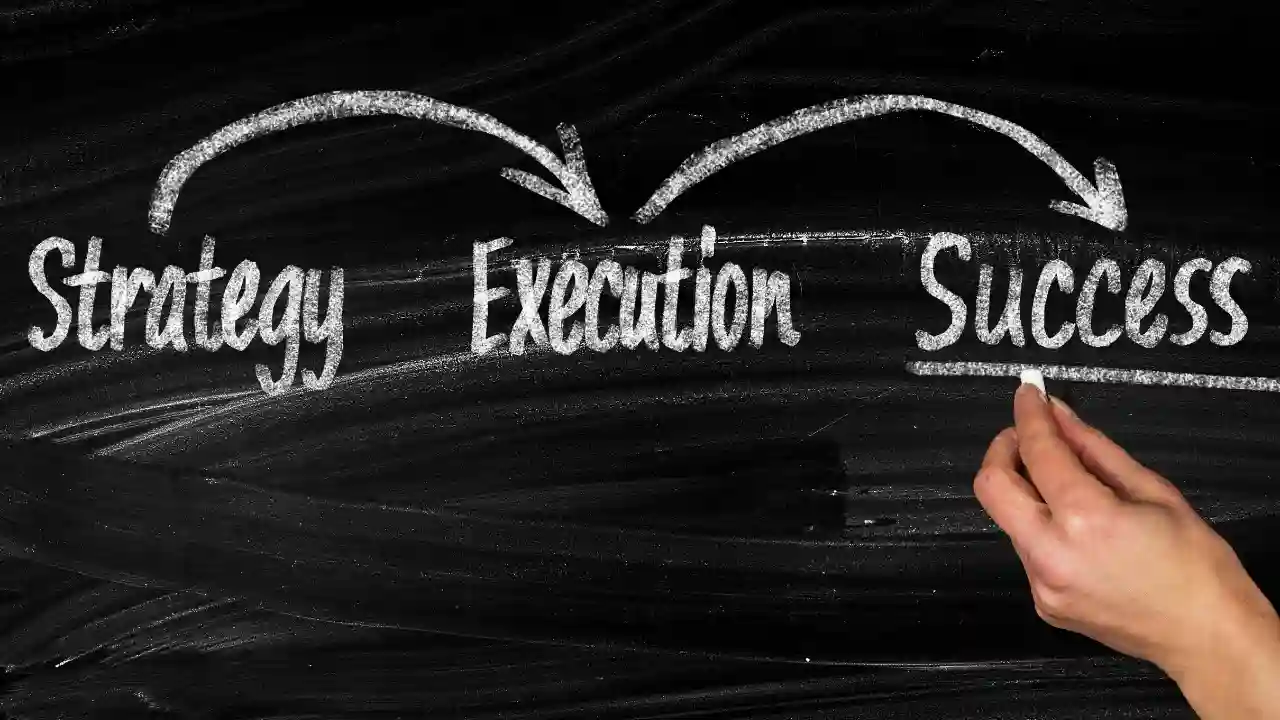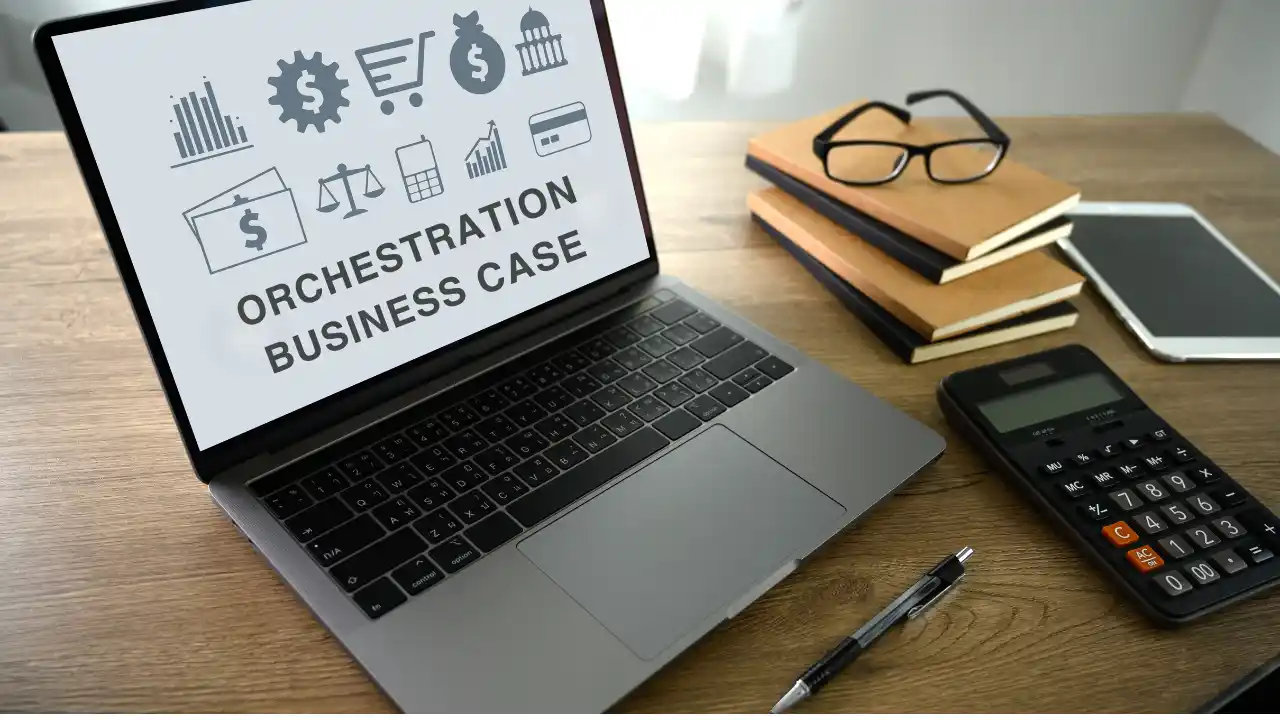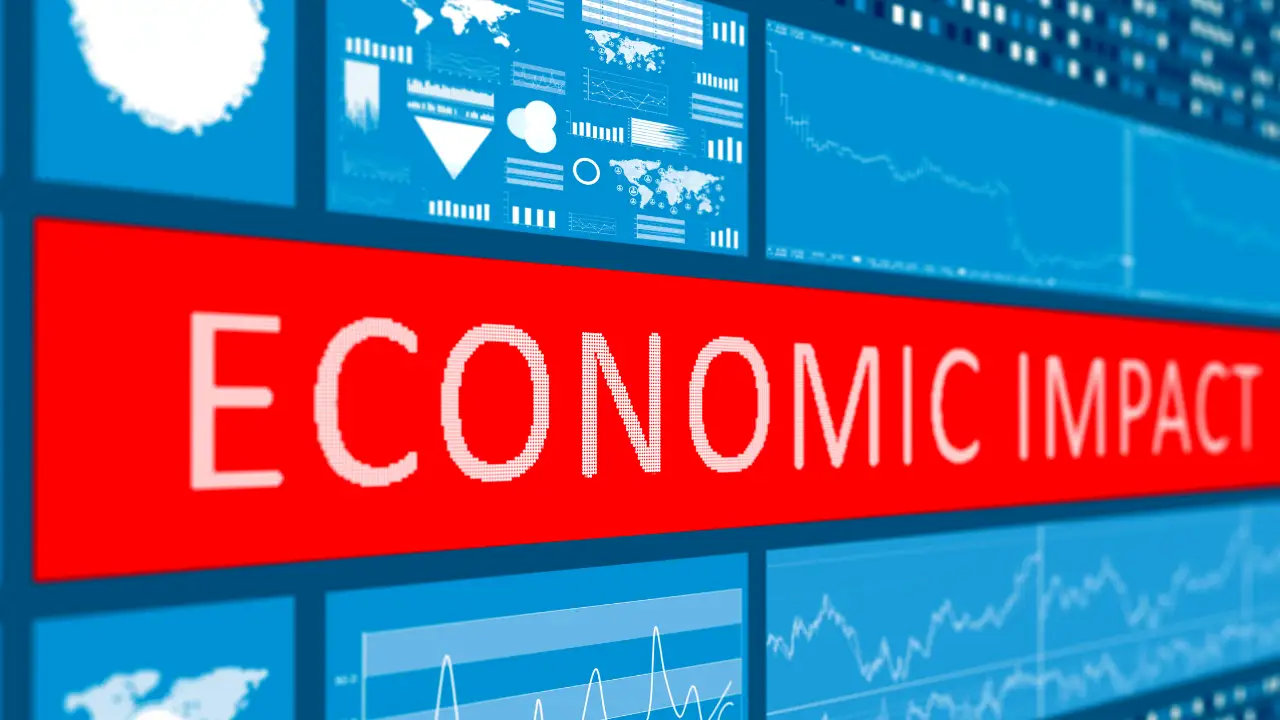In the fight to increase market share, organizations need to come up with innovation in their products/services or upgrade it by adding new features in order to satiate the changing consumer preferences. To make this a reality organizations are dependent on their suppliers to supply the essential raw materials/services.
Suppliers have a direct impact on an organization’s product/service quality, competitiveness and also product innovation. This mandates maintaining a good relationship with the suppliers for an overall organizational perspective. For majority of the organizations, selecting a supplier is a strategic step which would not only generate cost efficiency but also help the company grow.
Maintaining a good supplier relationship can offer the following benefits to an organization;
- Avoiding costly & potentially devastating supply disruption.
- Reducing risk towards scenarios like; defects /environmental problem/safety issues etc.
- Implementing corrective actions before the problem becomes a big headache or hits the bottom line.
In this blog series we will be discussing 3 stages to effective supplier management viz.
- 1. FOUNDATIONS OF AN EFFECTIVE SUPPLIER RELATIONSHIP
- 2. ROLE OF SUPPLIER INFORMATION MANAGEMENT
- 3. SUPPLIER PERFORMANCE & EXPECTATION MANAGEMENT
Stay tuned, as we discuss the first stage in our next blog post.
Learn More: Vendor Management
Related Read:
- Supplier Relationship Management: A Comprehensive Guide 2023
- The Supplier Information & Performance Dossier (part 4): Supplier Performance Management
- Supplier Performance Evaluation – A Quick Checklist
- White Paper – Essential Components of a World-Class Supplier Performance Management Tool : A MENA Perspective
- White Paper – Supplier Risk And Performance Management: Best Practices For KPI Creation




























































